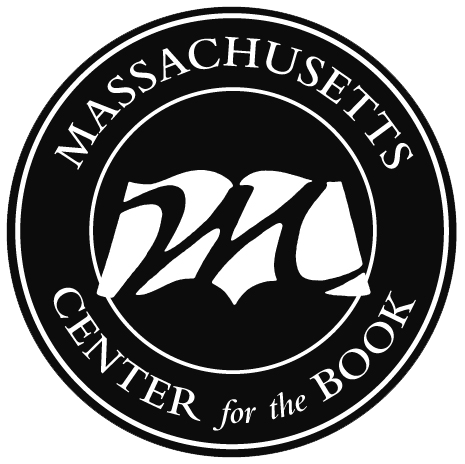
Letters About Literature Resources
TEACHING AIDS & ACTIVITIES
Introduction
Writing a letter takes time, not just to put the words into sentences, but to think about what to express and how to express it. Letters also have attitude. They can be persuasive, argumentative, deviously clever, or even downright funny. But they can also be diplomatic, encouraging, comforting. A letter demands thoughtfulness and patience, for the writer must select just the right words to convey their thoughts. Most important, writing a letter requires an understanding of the person to whom one is writing. A letter is a personal, private relationship between the writer and the reader.
Letters About Literature is a reading promotion program challenging students to express themselves through this very personal form of communication. This page provides activities teachers can use to guide their students through the book discussion and letter-writing process.
Overall, we encourage students to choose a book to which they have an emotional connection and find a way to convey what that connection feels like to the author. This means taking time to brainstorm books and outline the letter’s purpose before sitting down to write. The goal is for students to find a book that really speaks to them and for them to discover how to put that impact into words.
Jump to Lesson Plans
Level 1
Level 2
Level 3
Book Recommendations
OVERVIEW & STANDARDS
Levels: The program has three age/grade-level categories:
Level 1 for Grades 4-6
Level 2 for Grades 7-8
Level 3 for Grades 9-12
NCTE & IRA Standards
Thousands of teachers have found LAL a valuable classroom project. Each year, LAL receives hundreds of letters from teachers testifying how the program’s theme and guidelines dovetail with state standards for language arts. Listed below are the standards recommended by the National Council of Teachers of English and the International Reading Association that apply to the LAL program and recommended teaching activities included in this educational supplement.
Students will:
Apply a wide range of strategies to comprehend, interpret, evaluate, and appreciate texts.
Adjust their use of spoken, written, and visual language for a variety of audiences and purposes.
Employ a wide range of writing strategies.
Apply knowledge of language structure, conventions.
Participate as knowledgeable, reflective, creative, and critical members of a variety of literacy communities.
Use spoken, written, and visual language to accomplish their purpose.
Common Core State Standards (CCSS)
A personal narrative describing change or an argument/opinion piece supporting a changed viewpoint of the world or self fits the goals of CCSS. Well-developed letters will have descriptive details and clearly stated links between personal experience and the text. Effective argument/opinion writing will state a point of view and provide reasons and relevant and sufficient evidence to support the writer’s stance.
Lessons
There are four lessons per level that take readers from prewriting discussions through writing and assessment. Teachers may find that incorporating one lesson is helpful, or all four:
Lesson 1: Focus. Introduces readers to the concept that books can influence our perception of ourselves and our world.
Lesson 2: Inquiry. Provides activities to help readers explore the unique relationship between themselves, an author, and a book.
Lesson 3: Application. Provides writing tips to help readers shape informative, persuasive letters.
Lesson 4: Assessment. Provides a checklist for editing and rewriting letters for grammatical correctness and originality.
Level 1 - Grades 4-6
Lessons 1-4
Each lesson is available to download as a pdf that can be used as worksheets for students. There is a introduction and teacher resources section at the beginning of each.
Example letters
Letters from recent years of LAL (2021-2024) that demonstrate some of the qualities that judges look for in a winning letter have been compiled in the document linked to the left.
For more example letters from National LAL winners, please visit the Library of Congress Website.
Level 2 - Grades 7-8
Lessons 1-4
Each lesson is available to download as a pdf that can be used as worksheets for students. There is a introduction and teacher resources section at the beginning of each.
Example letters
Letters from recent years of LAL (2022-2024) that demonstrate some of the qualities that judges look for in a winning letter have been compiled in the document linked to the left.
For more example letters from National LAL winners, please visit the Library of Congress Website.
Level 3 - Grades 9-12
Lessons 1-4
Each lesson is available to download as a pdf that can be used as worksheets for students. There is a introduction and teacher resources section at the beginning of each.
Additional Resources
We have gathered some additional lesson resources to use as support for your students if you find they are having trouble with certain aspects of their letter. Each lesson lists which ones are recommended and for what purposes.
Book Recommendations
There are tons of books that can inspire someone to write a letter for LAL. But if you or your students need some ideas we have compiled a list of books (Levels 1, 2 &3). We have given suggested age levels and some overarching themes for the books.
For more books you can check out the ALA Notable books lists here.
